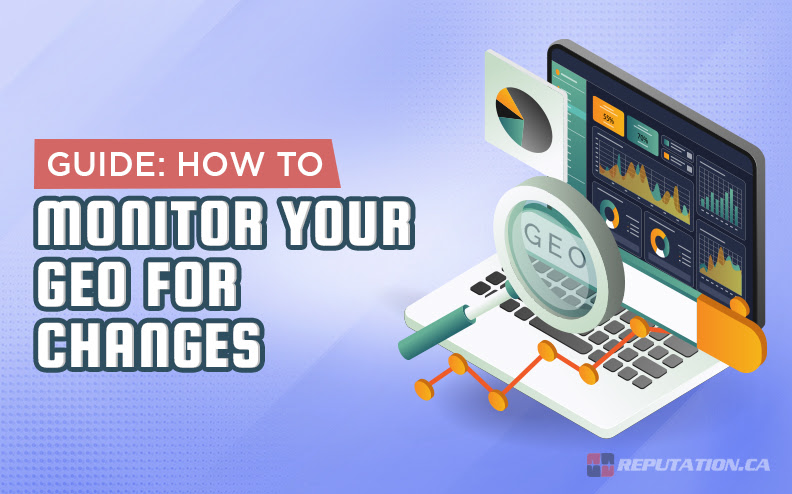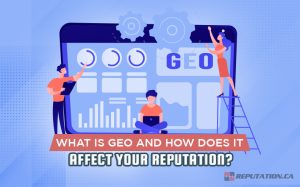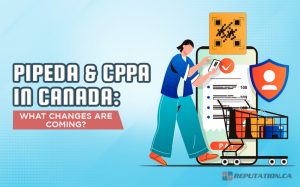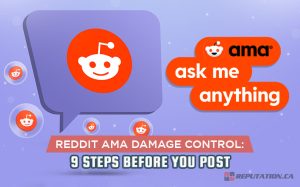A large Fortune 500 pharmaceutical company recently found out its brand was showing up in Google’s AI Overviews with the wrong dosage information. The bad information came from some random forum post, and now it’s being served to thousands of patients every day. Their usual rank tracking completely missed this because the company was still ranking first for their branded terms. With health information, these mistakes can be really dangerous.
Why do standard SEO tracking tools miss 60% of brand mentions that show up inside AI-generated answers? It all has to do with how these generative engines grab content from different places to put together their summaries and overviews. These systems look through lots of different sources when they create answers – so your brand can show up even when you’re not ranking on page one. I’ve seen plenty of marketers try to treat GEO the same way they treat SEO. But the game has completely changed.
Generative search is completely transforming how businesses show up online. Your reputation now depends on what AI systems choose to pull from all over the web. The tracking tools we’ve always used can track rankings and mentions just fine. But they can’t see what’s going on inside the black box of AI-generated content, and your brand’s story gets rewritten every single time someone searches. That means every search someone does could turn into a threat to your reputation.
I’ll show you some of the most important metrics you need to track and show you how to set up alerts so you’ll know about reputation problems before they get out of hand.
How GEO Changes the Search Game
Traditional SEO has always been about keyword rankings and page visibility. But GEO works in a completely different way because it focuses on how AI systems like ChatGPT and Perplexity use your content when they answer people’s questions. The whole game has changed now. When someone looks up information about your industry, these AI tools might pull pieces from your website to put together their answer.
The real problem starts when these AI systems get your content wrong or cut it short in ways that change the meaning. I recently heard about a healthcare provider who found out AI summaries were cutting their service descriptions so much that patients got confused. The AI left out important parts about what the treatments actually involved. So patients started calling with the wrong idea about what they could expect, all because the AI gave them incomplete information.
Your content strategy now has this big weak point that you have no real control over. AI systems take the months of work you put into your messaging and squeeze it down into these shortened summaries that leave out the key parts. Professional teams have to sit there and watch while algorithms completely change the careful language they put together. When there’s this big gap between what you actually meant to say and what people end up reading, it can really hurt your business in ways you can measure.
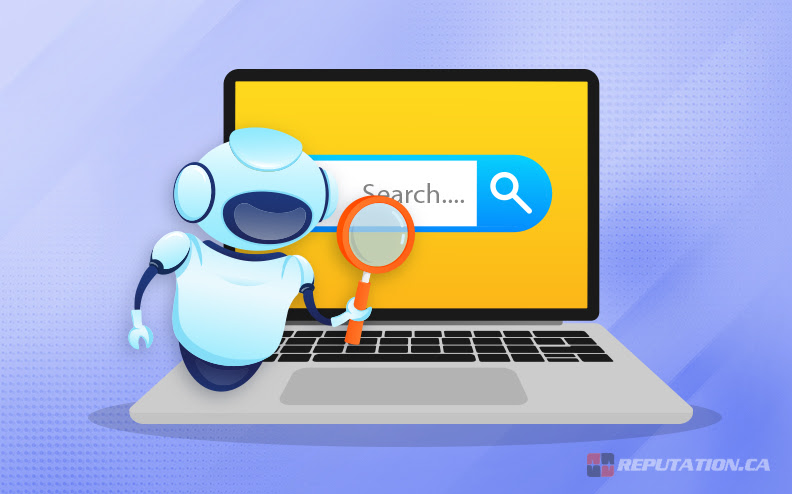
Google and Bing have started showing AI overviews right there on their search results pages. These summaries usually stop people from actually clicking through to your website – most people just read the AI answer and leave it at that. The way you get your content into these AI answers has nothing to do with traditional ranking factors. Instead, it comes down to how strong your content is and how much authority you have in your field.
This whole situation gives communications teams a real headache they didn’t have before. There’s no way for them to control how AI reads and understands the messages they worked so hard to write. Just one statistic that gets quoted wrong or one statement taken out of context can end up all over different AI systems. Your brand’s reputation suddenly comes down to how well these algorithms understand what you’re trying to say.
Now that we’re moving toward these zero-click results, people read your information without ever coming to your site. They take the AI summary as the truth instead of looking at your actual content. This completely changes the way you have to build and keep an eye on your presence online.
Track What AI Says About You
The real work starts when you move past theory and measure what these AI systems are saying about you. This separates real tracking from just guessing. You need to track specific signs that show you how your reputation is changing in generative search results.
Let’s start with the basics. First, you need to check if your brand shows up in AI answers at all. Sometimes, you’ll find that your competitors get mentioned while you’re left out completely. That absence tells you more than any positive mention ever could. When your brand is invisible in AI answers, it shows there’s a content relevance gap that traditional SEO metrics won’t pick up on. Your competitors are earning mindshare in the exact conversations where your potential customers are looking for answers. If you’re not in these mentions, you’re losing out on discovery opportunities that add up over time.
Next, you want to watch the tone when AI systems do mention you. Are the references neutral and factual, or do they usually lean positive or negative? These changes usually start out small and then build momentum over time. You can see reputation problems early when the sentiment starts to change, and this happens before traditional search rankings even change. Remember to track how much AI systems reference your content as a source. When you see more references, that usually means better visibility for your brand.
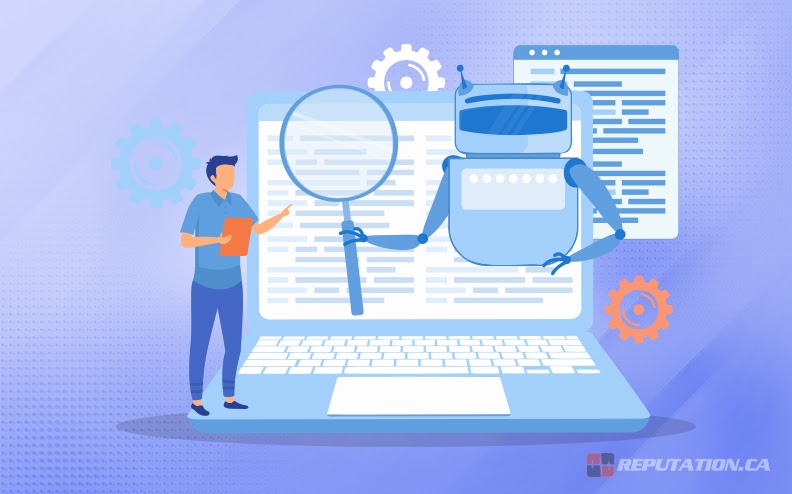
The technical side matters, too, so you want to set up GA4 custom channel groups to separate traffic from generative search sources. You can break out visitors from Bing Chat, Bard, and ChatGPT plugins to see which channels bring in interested users. Raw traffic numbers don’t mean much without context, though. When you track traffic attribution from AI sources, you’ll see user behavior patterns that standard analytics miss. Different channels bring in different levels of commercial intent, and once you understand these differences, you can put your resources toward channels that convert.
Here’s where it gets interesting. Which metric tells you about reputation problems first? It’s usually how much you’re being referenced because AI systems usually stop pulling from sources they see as less reliable before any sentiment changes become obvious.
I’ve heard of instances where e-commerce retailers saw a 20% increase in AI-sourced sessions after they updated their schema markup. The bots started picking up on their product information, and their dashboard showed that change within just a few weeks.
Smart Tools for Real-Time Brand Monitoring
STAT helps you see when AI summaries start to change how they talk about your brand. You can set up alerts that will tell you when the tone changes or when new mentions show up in the results. GA4 tracks any traffic drops that might point to reputation problems, while your server logs can tell you which AI crawlers come to your site and how much they visit. Most teams I’ve worked with usually check these once a week rather than every day.
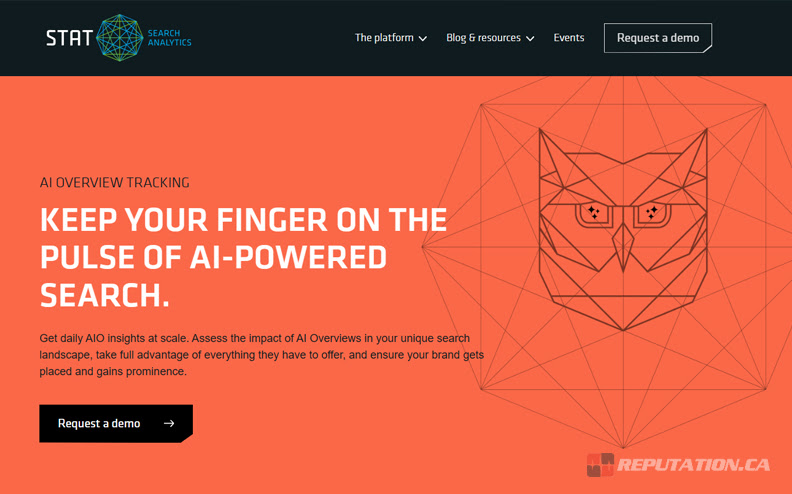
Don’t miss the simple fixes that save you time. Browser extensions and open-source utilities let your team grab quick snapshots of AI answers without much manual work. This matters because most teams are already busy and can’t spend hours doing manual checks.
These basic tools help stop reputation problems from getting worse. Your team will catch negative AI answers before they get to customers. When competitors start to get ahead in search results, you’ll know within a few days instead of waiting months to find out.
Here’s something important – your internal search logs can show you what questions customers are going to ask AI tools next. If people search for “Is Company X reliable” on your site, they’ll probably ask ChatGPT or Google’s AI the same questions later on.
The patterns in your search data can tell you about future AI conversations. Customers who can’t find what they need on your site will usually go to AI tools to get the same information. This gives you a heads-up about which topics need better answers on your site.
You need to be careful with API rate limits when you pull data from AI outputs. Most services will limit how much you can grab their data, and you’ll need to follow privacy laws, too. It’s better to set up weekly automated exports instead of checking all of the time – this way saves your developers hours of work and keeps you from hitting those rate limits.
How to Make Sense of Your Brand Data
The data you collect only tells half the story. You’ll need to figure out what it all means for your reputation. Raw numbers alone won’t give you the full picture. Say you use sentiment analysis tools that use machine learning to show how people feel about your brand. These tools go through social media posts and reviews to help you see what people are actually saying about you.
Take a close look at who’s talking about you and where these conversations are happening. Here’s something interesting – a single negative Reddit thread can sometimes carry more weight than five positive press articles for AI answers. Your reputation is about what’s being said in these online spaces. AI systems usually put more value on recent discussions and community engagement than they do on traditional media coverage – which means that active forums can end up being more influential than big-name media outlets.
Pay attention to context windows when AI tools quote your content. Ask yourself if the AI presents you as an expert or if it’s showing your information as a warning example. The way your content gets framed makes all of the difference.
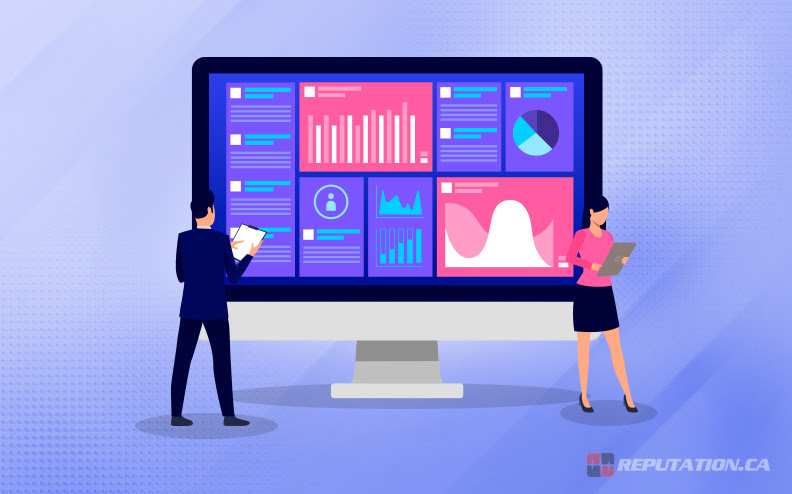
Domain authority matters a lot in how AI systems choose which citations to trust. When leading publications like The New York Times talk about AI training and citation practices, it actually shapes how these systems treat all citations across the board. Keep track of which domains are mentioning you because sites with higher authority usually have more influence on what AI answers say.
It’s easy to let confirmation bias get in the way of your analysis. You might end up wanting to look at positive mentions and brush off the negative ones. Instead, cross-check what you’re finding with actual human review so you’re seeing the whole picture.
One-off sentiment spikes happen all of the time, so there’s no need to worry immediately. Compare any sudden changes against your baseline data before you start worrying. A single bad day doesn’t mean your overall reputation is getting worse.
Build Your Monthly Reporting System That Works
Try a monthly schedule because that gives you enough data to see real patterns. Weekly reports create too much noise, and quarterly reviews miss problems when they’re still small. Monthly works best for most businesses. I’ve seen plenty of people rush into weekly tracking and end up regretting it later. When you time your reports wrong, it wastes resources across your organization. Teams spend hours chasing false alarms from weekly noise while they miss actual threats that develop over months. Your stakeholders lose confidence when data jumps around without obvious patterns.
You need to track metrics that actually matter to your business. Track how much you appear in AI answers and if the tone is positive or negative. Look at citation frequency compared to your competitors. These numbers connect directly to your reputation goals. Vanity metrics won’t save you when revenue drops.
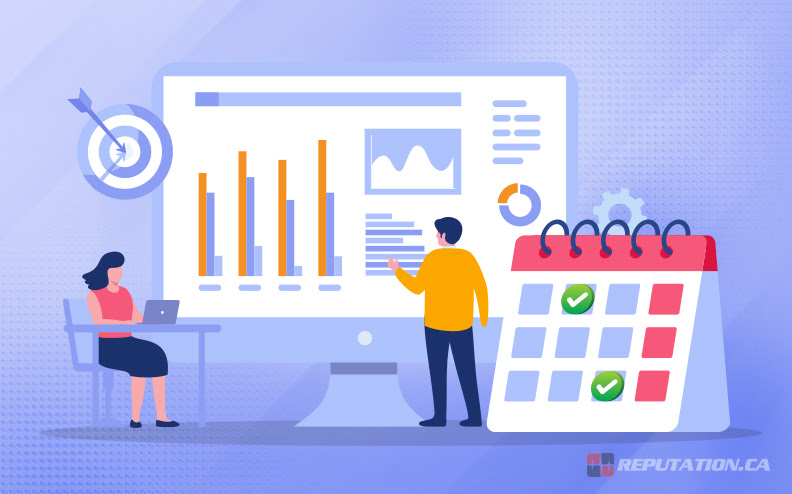
Build dashboards that executives can read at a glance. Heat maps work great for showing problem areas quickly. Trend lines show if you’re moving in the right direction over time. Traffic changes from AI-driven searches tell you about real business effects. Most executives only spend about ten seconds scanning dashboards. Clean visual design makes the difference between whether your insights get acted on or ignored. Cluttered charts hide the important stuff when leadership needs to make fast decisions. Your recommendations sit on shelves when data looks overwhelming or confusing.
Don’t just dump raw numbers on people. Add a short explanation next to each chart about what changed and why it matters. When your brand mentions drop by twenty percent, explain if that’s seasonal or if competitors pushed you out. Include your next steps. Raw data confuses more than it helps. Context turns numbers into something you can actually use. Stakeholders make poor decisions when they misinterpret patterns or assume causation where none exists. Your credibility takes a hit when reports need follow-up meetings just to explain basic results.
Monitor and Manage Your Reputation
We’ve moved from trying to improve our rankings to handling the stories that AI systems tell about us. It has happened way faster than most people expected. This change means we need new ways to measure success, different tools, and a better understanding of how feelings and mentions shape the way AI systems talk about your business.
What makes this especially hard is that we’re all trying to figure this out together. Generative engine optimization keeps changing so fast, and even the most experienced teams are still learning what actually works. The tools we talked about give you a great place to start. But the real benefit comes when you always watch what’s going on, look at the results, and adjust how you handle your strategy based on what you find.
Your competitors are already trying this out. Some businesses are doing better because they started keeping track of their AI-generated mentions sooner.
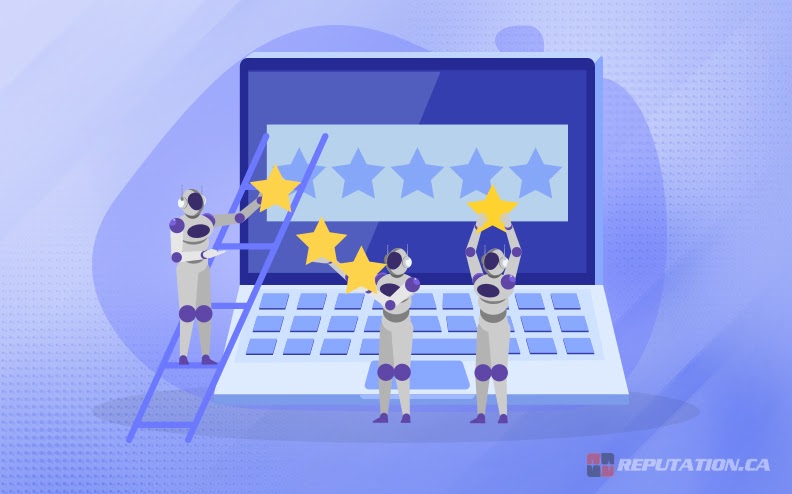
Think about the edge you could get for your reputation if you take action with this information now instead of waiting for everything to settle down. Every day that goes by without checking how AI systems talk about your brand is another day when you’re missing important information about your online reputation.
AI systems are figuring out what to say about your business based on whatever information they can find. Still, finding your way through this new AI-powered reputation management doesn’t have to feel overwhelming. At Reputation.ca, we’re Canada’s leading experts who manage reviews, social media, public relations, and crisis response. If you’re dealing with cancel culture or trying to build a stronger presence online, we’re here to help. Contact us at Reputation.ca for expert help that’s designed specifically for what you need!
